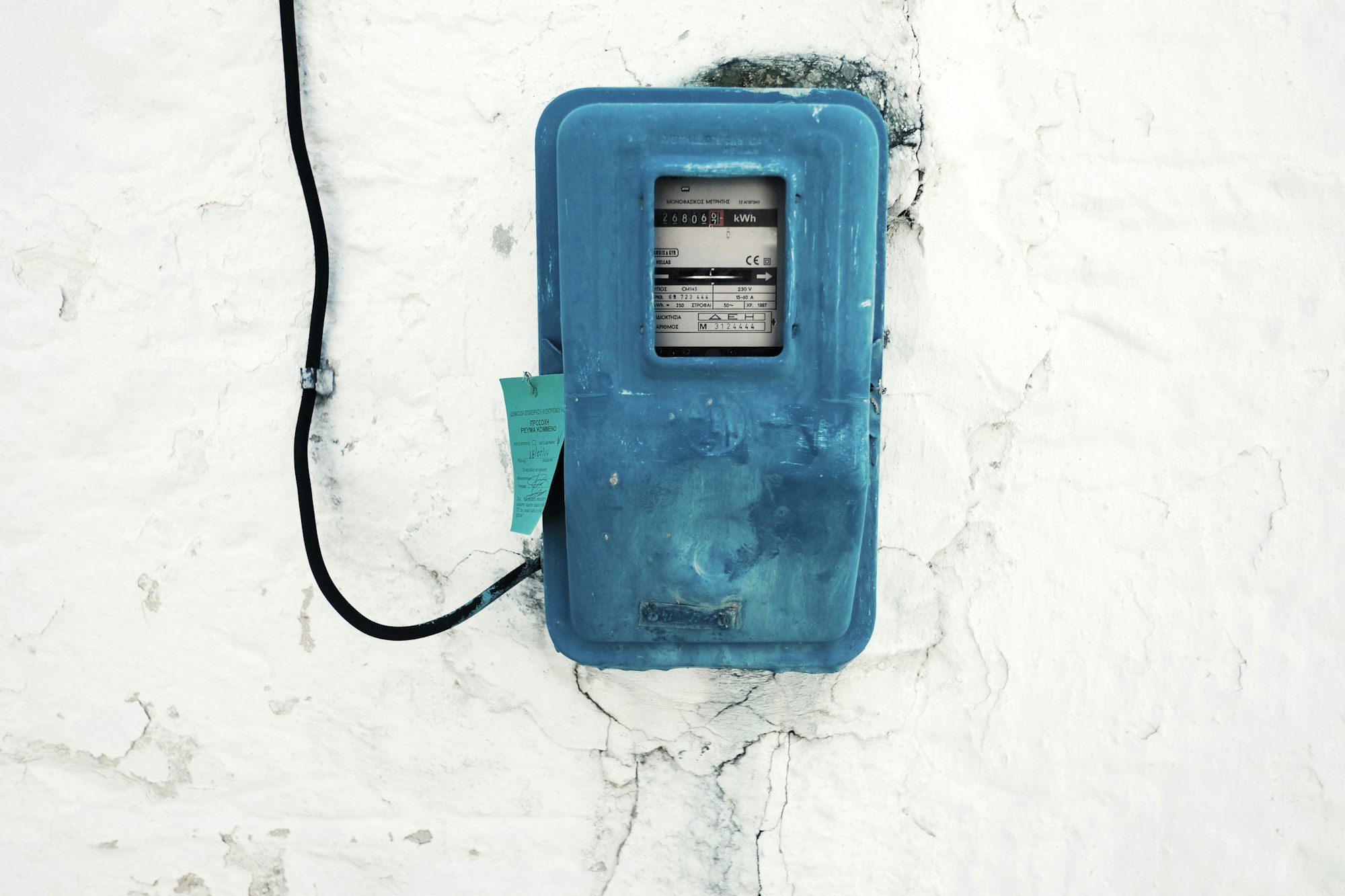3 Things you need in a Manual Meter Reading application
Manual Meter Reading activities for utilities are not going away soon. A good meter reading application can give you near 100% accuracy and save you a lot on costs while you're at it. Here's what to look for in an MMR application.

There'd no denying it: Internet of Things (IoT) is hot right now. Traditional utility meters, especially electricity and water meters, are steadily being replaced by Smart Meters across the world. The connected nature of these meters promises accurate and on time billing to billions of consumers.
However, as per this report, global penetration of smart meters was around 41% in 2019, and predicted to rise to 59% in 2028. For a sizeable chunk of the world's population, getting an accurate bill still means that someone must visit their homes and read the meter manually. This is known as Manual Meter Reading (MMR) and is one of the prime responsibilities of any utility company. It is also one of their biggest cost centers because it's highly labor intensive.
Contracts for this work are usually tendered out to mid to large contracting companies that also have payment collection infrastructure. And given the sheer scale of the task, it's perhaps unsurprising that utility firms allow an error rate of anything between 3 to 10%. In a city of even 100,000 consumers, between 3000 and 10,000 may receive a wrong bill on any given month.
The use of a Manual Meter Reading application can help reduce these errors greatly. An MMR application is a mobile application that allows the Meter Reader to scan the account or meter barcode and punch in the reading. It also often records the GPS coordinates of the meter. Pretty basic stuff.
Yet, choosing the right application with a powerful backend can bring those MMR accuracy levels right there near 100%, and save a ton of money for the utility company and the contractor by way of increased field work efficiency. Here are 3 things you absolutely must consider when choosing an MMR application:
3. On-site Reading Validation
As soon as the account barcode is scanned, the MMR application must retrieve the previous reading of the meter. Preferably this data retrieval should not require a live connection to the server, which would hinder work in underground basements or remote locations. The data must be cached on the system beforehand.
As soon as the Meter Reader punches in the current reading, the application must do a background validation of the data. For example:
- The current reading should not be more than the previous reading by over 5000 units
- The current reading should not be less than the previous reading unless the meter has been replaced
If the check fails, the application can ask the Meter Reader to confirm the reading and take a photo.
2. Data Cleansing Options
A Meter Reading operation is the most frequent visit that a meter gets, and the Meter Reading application should be able to record the latest situation on the ground.
- Maybe the meter is damaged
- The meter could be tampered with (power or water theft)
- The building is abandoned
In addition to recording actual GPS coordinates for future service visits, the above kinds of parameters must also be ideally collected.
1. Efficiency of operations
This is the big one.
In our experience, a lot more ground staff are employed for this work than are actually needed. Using Fieldmaster we have been able to cut down manpower requirement by 10% to 50% depending on the region. Fieldmaster does this by:
- Creating optimized routes for each staff and assigning them automatically
- Automated incentive calculations for field staff based on performance
- Sending hourly reminders to the staff about their daily targets and achievement
- Sending daily leaderboards of staff performance to keep them motivated
- Providing live dashboards so the operations in-charge can make corrections as and when required
- Having blazing fast applications so the Meter Reader can zoom through the process in often less than 3 seconds per meter
